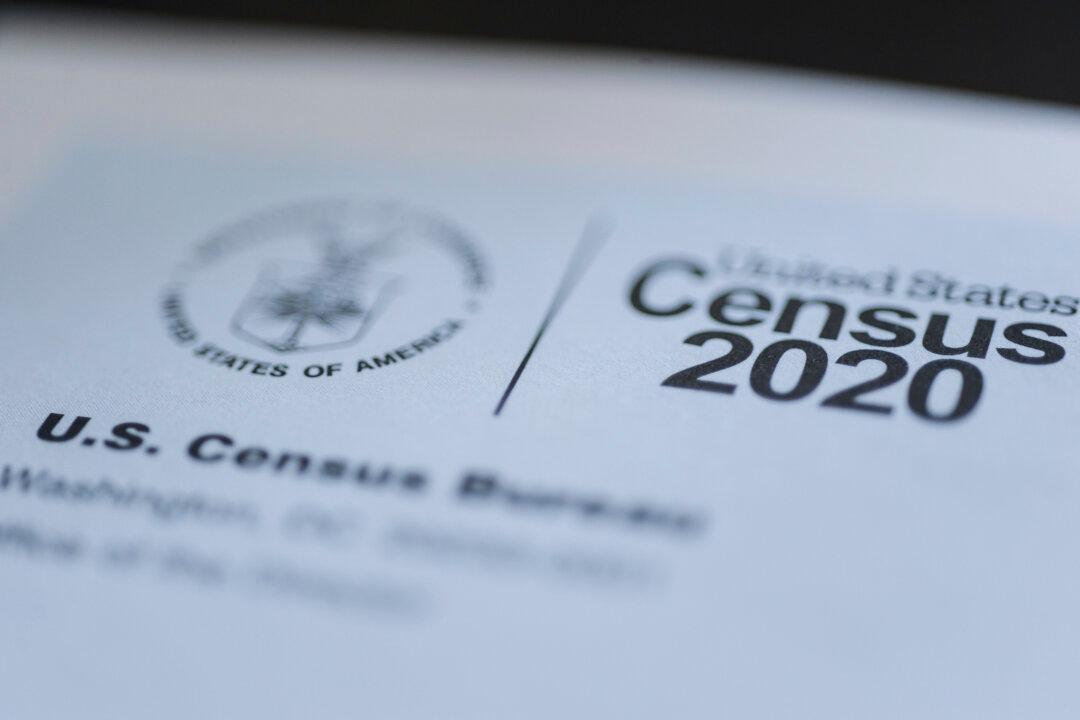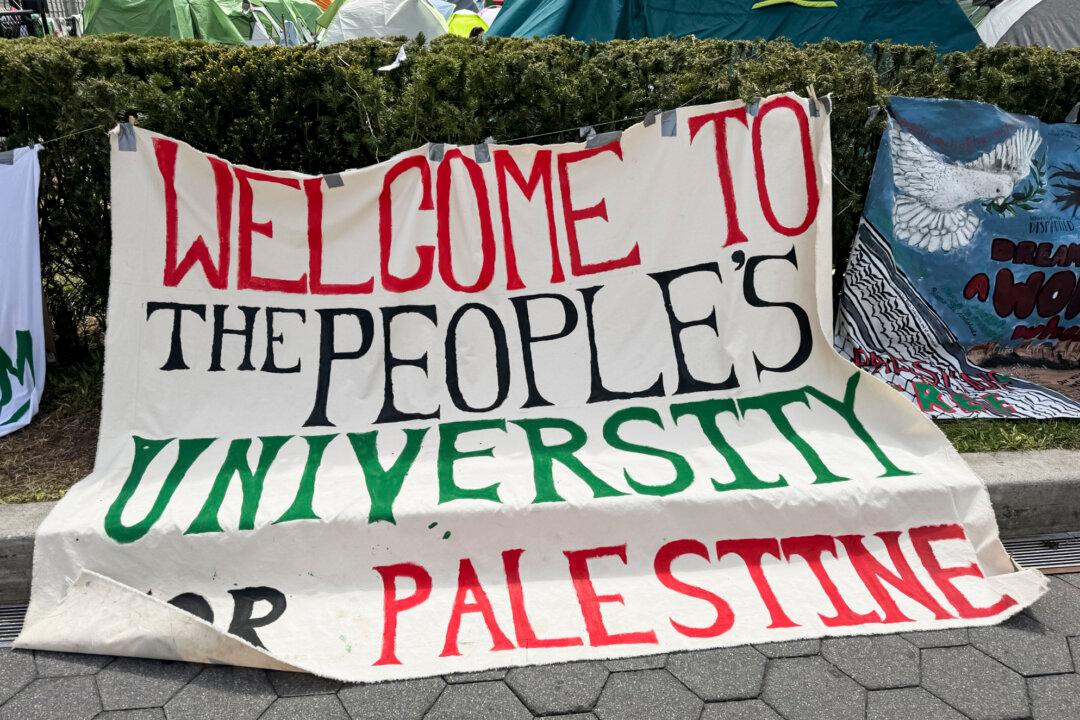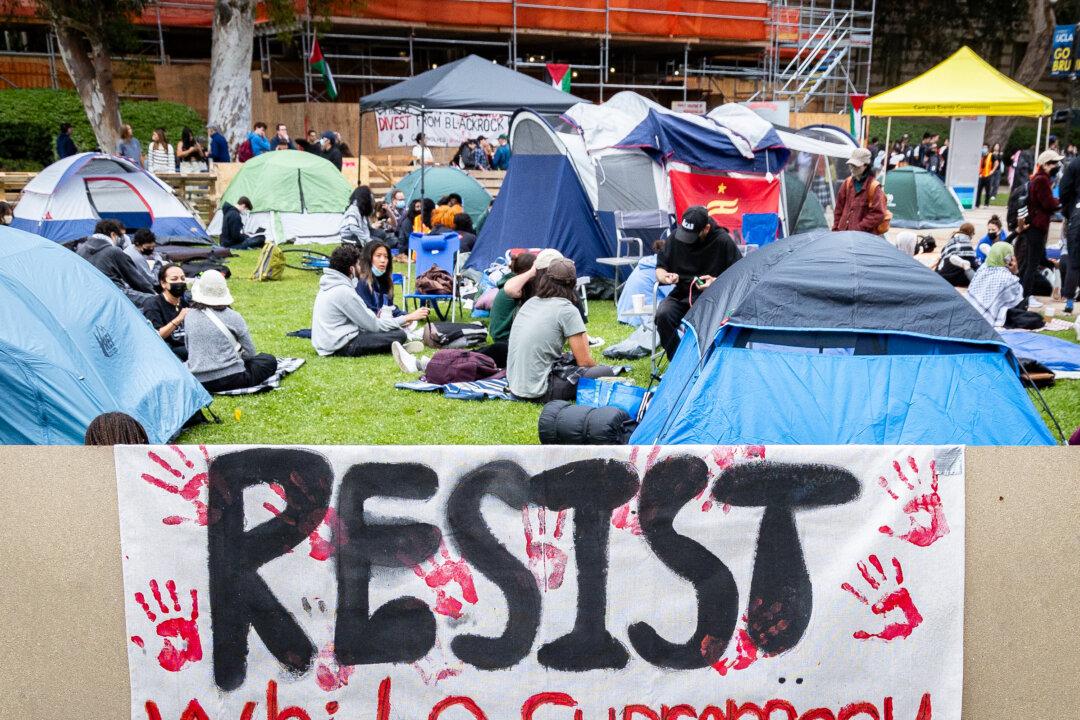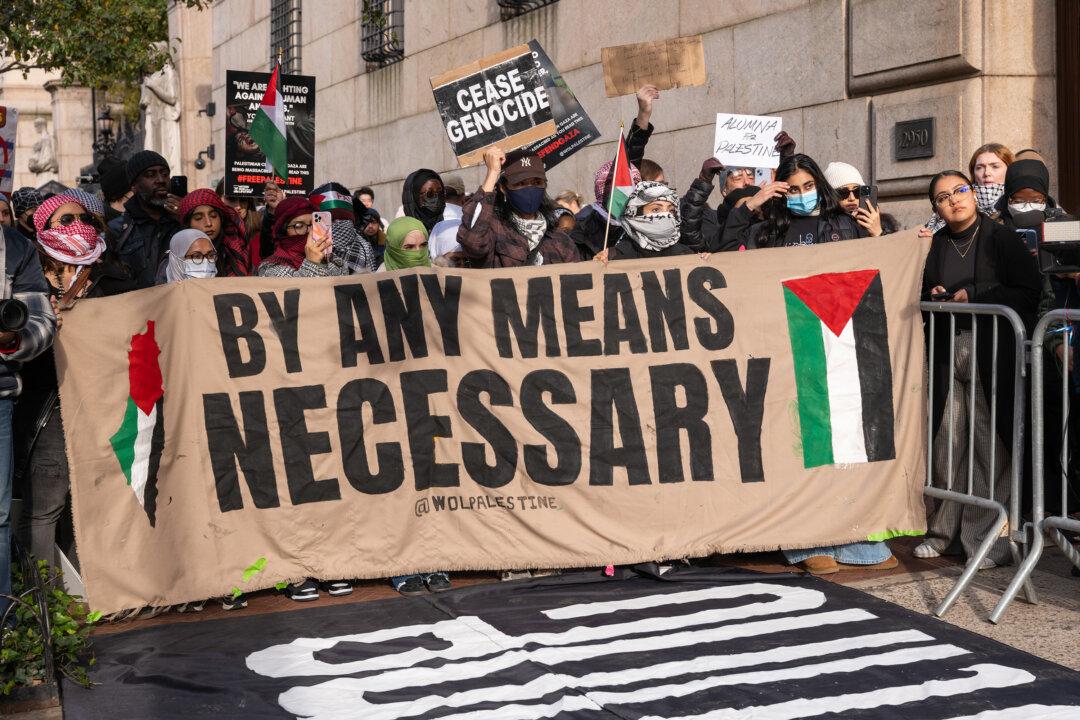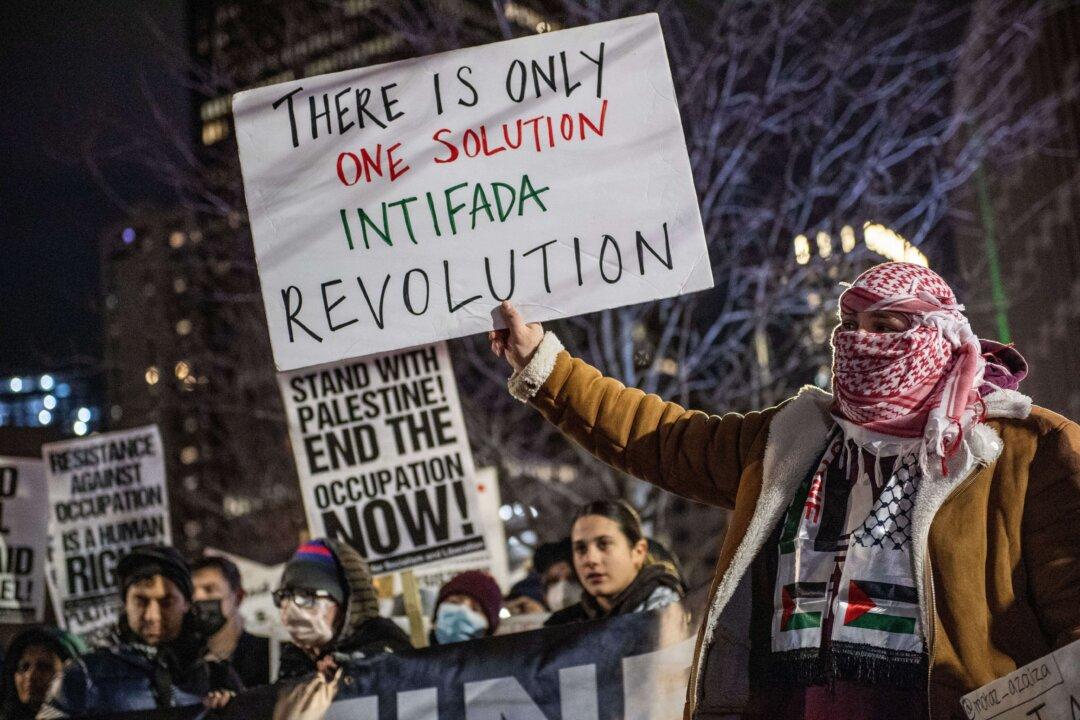Commentary
Over the past 50 years, we have reorganized American and Canadian societies to favor and benefit less successful racial and ethnic minorities, particularly African Americans and Canadians, Hispanics, and American Indians in the United States and First Nations in Canada. Females are included, not because they’re underperforming, but because of past constraints. This is called “social justice.” It’s implemented through the “social justice” trinity of “diversity, equity, and inclusion.”
